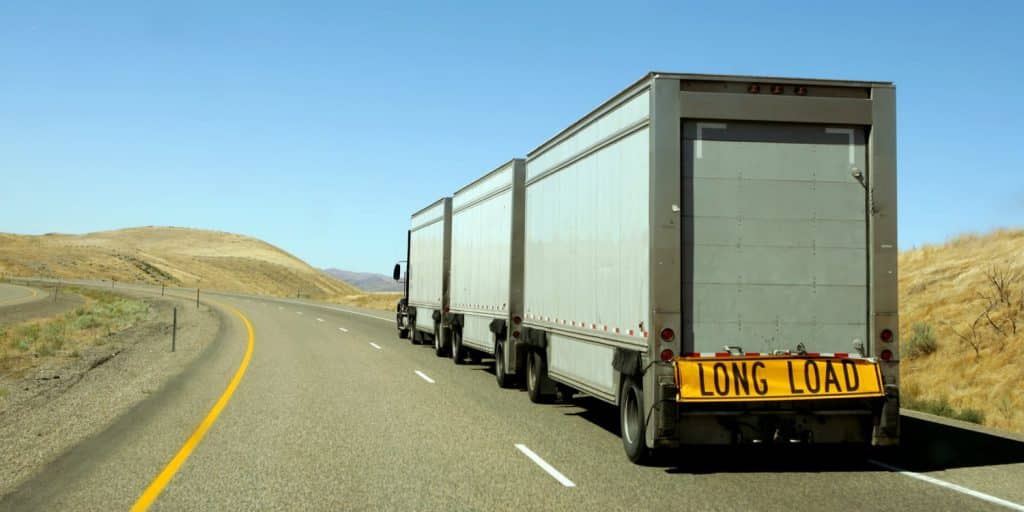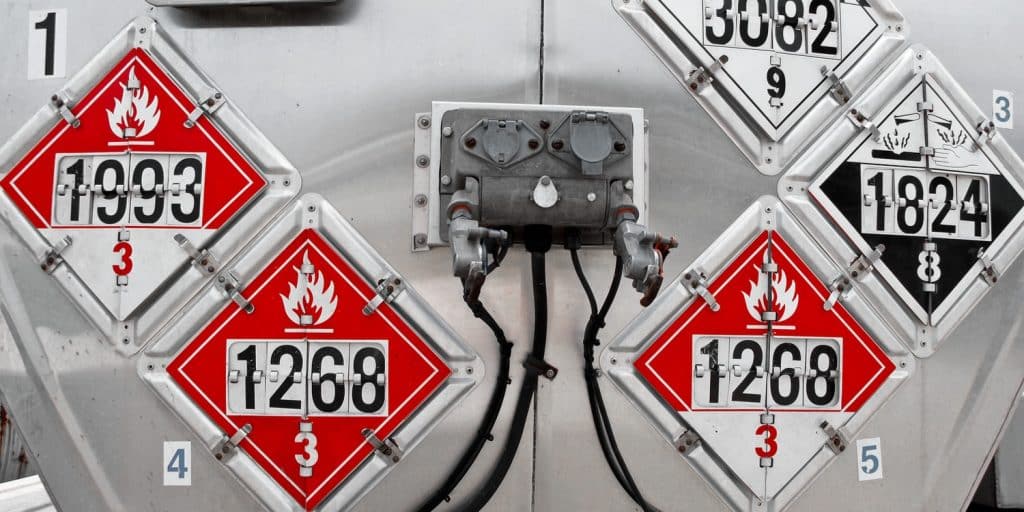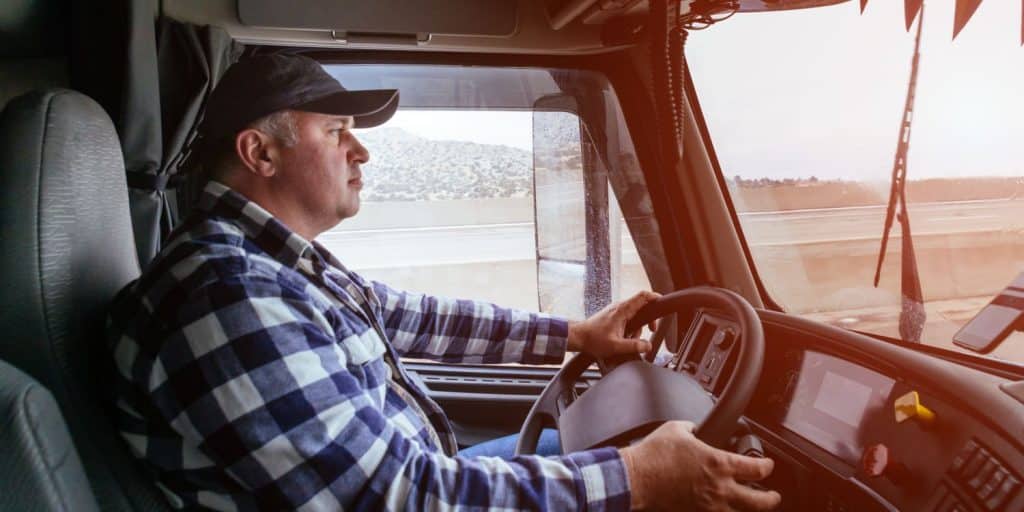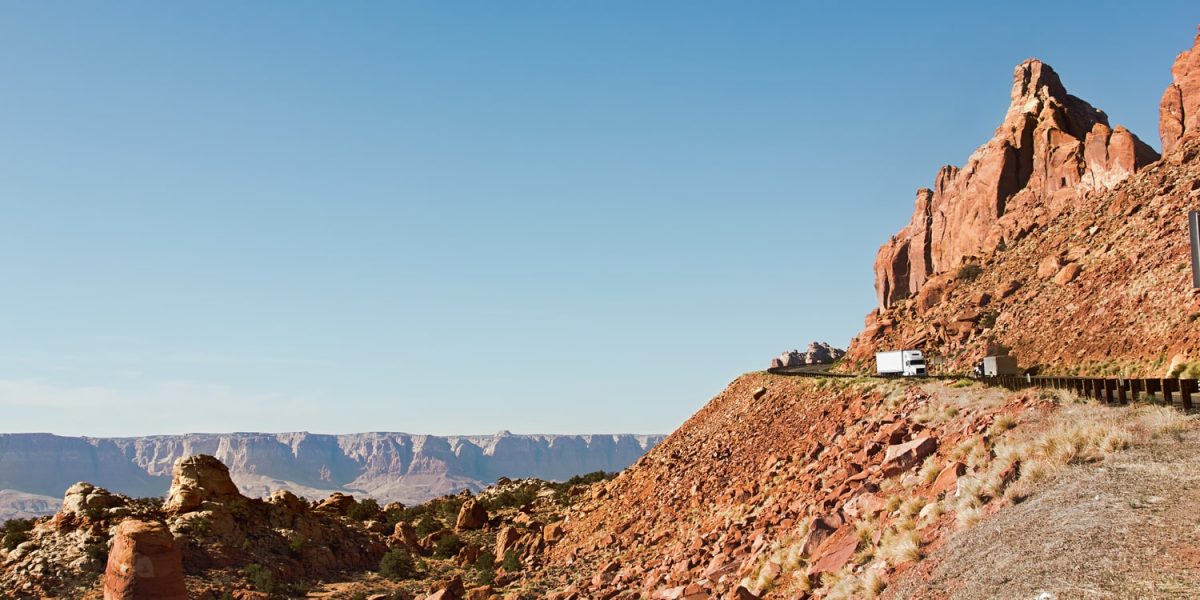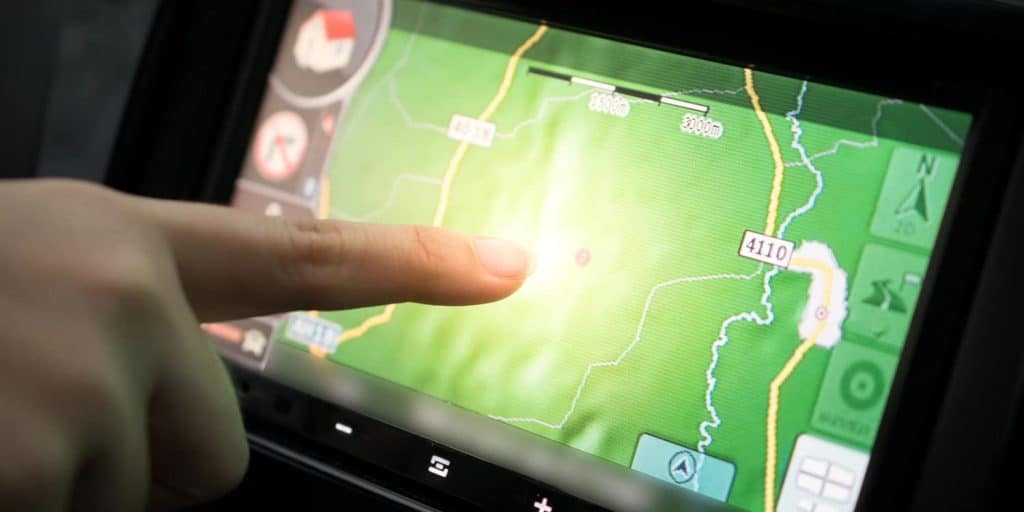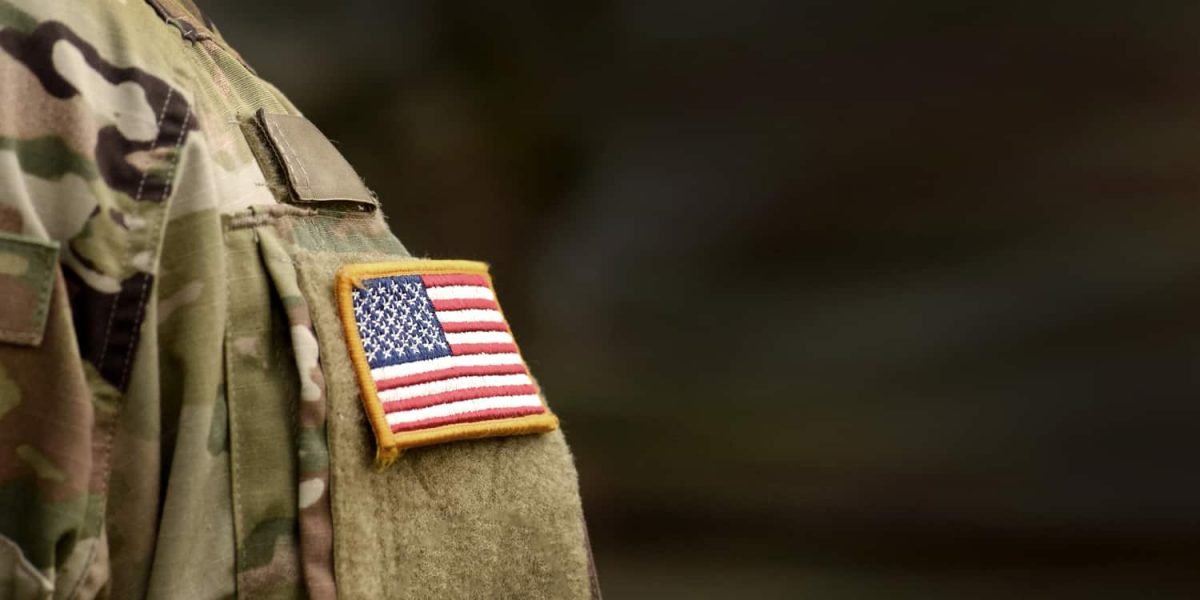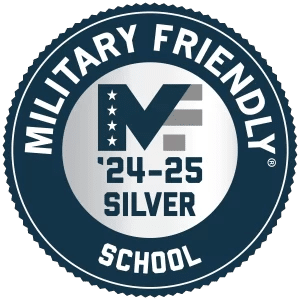Between heavy traffic, tight deadlines, and long hours behind the wheel, truck driving can be a stressful career. If not properly managed, that stress can lead to health problems that affect your body physically and mentally. Learning how to cope with the stress that comes with trucking can help you improve your daily life and wellbeing.
Follow these five tips to manage truck driving stress:
1. Listen to Music, Audiobooks, or Podcasts
A great way to take your mind off stressors, both driving-related and not, is listening to something while you drive. Whether it’s music, audiobooks, or podcasts, having audio to focus on rather than ruminating on your thoughts helps clear your mind. You should always stay focused on the road, but having something stimulating to listen to will keep your mind from wandering.
2. Get Out and Stretch
With all trucking jobs, you will spend most of your day in the driver’s seat, so it is a good idea to step outside and move when possible. Each time you stop at a gas station, rest area, or truck stop, stretch for three to five minutes. Moving your body for short intervals during the day will work wonders to clear your mind. Not only will it relax any muscles that might be tense, but it will also prepare you for the remainder of your route.
3. Practice Meditation and Breathing Techniques
Mindfulness techniques like meditation and breathing exercises are another way to help you remain calm when stressful situations arise while driving. Before you start your engine, take a moment to be mindful to start your day with a clear head. Practicing these techniques during breaks from driving or after your shift ends will also relax your muscles and alleviate any tension you’re holding in your body.
4. Maintain a Healthy Lifestyle
When you feel good, you can better manage stress levels. Maintaining a healthy lifestyle starts with what you put into your body. Although fast-food restaurants are convenient while you’re on the road, they are not the best choice for your health or wellbeing. Make modifications to your eating habits like packing healthy meals and storing them in a mini-fridge or a cooler in your truck, and if you decide to stop to eat, make nutritious choices.
Exercise is another crucial aspect of maintaining a healthy lifestyle. Many truck stops and rest areas have walking paths to get in a mile walk on your lunch break. Cardio gets your heart working and blood pumping, putting you in the right mindset to deal with the stressors of being on the road.
5. Plan Your Trips
Another way to reduce stress is to prepare for each trip you take. Worrying about whether or not you will make it to your next stop on time may cause you to rush, skip safety checks, or drive irresponsibly. Planning your trips can help you feel better prepared for when you encounter stressful situations. Before you hit the road, take the time to look over your route, pack meals, and inspect your truck.
A Trucking Driving School That Cares
When you attend Yuma Truck Driving School, we prepare drivers for a rewarding career where health comes first. We pride ourselves on graduating drivers that are thoroughly prepared to excel at life on the road. We also help ease the stressful transition from training to driving with our job placement program with local and national carriers.





